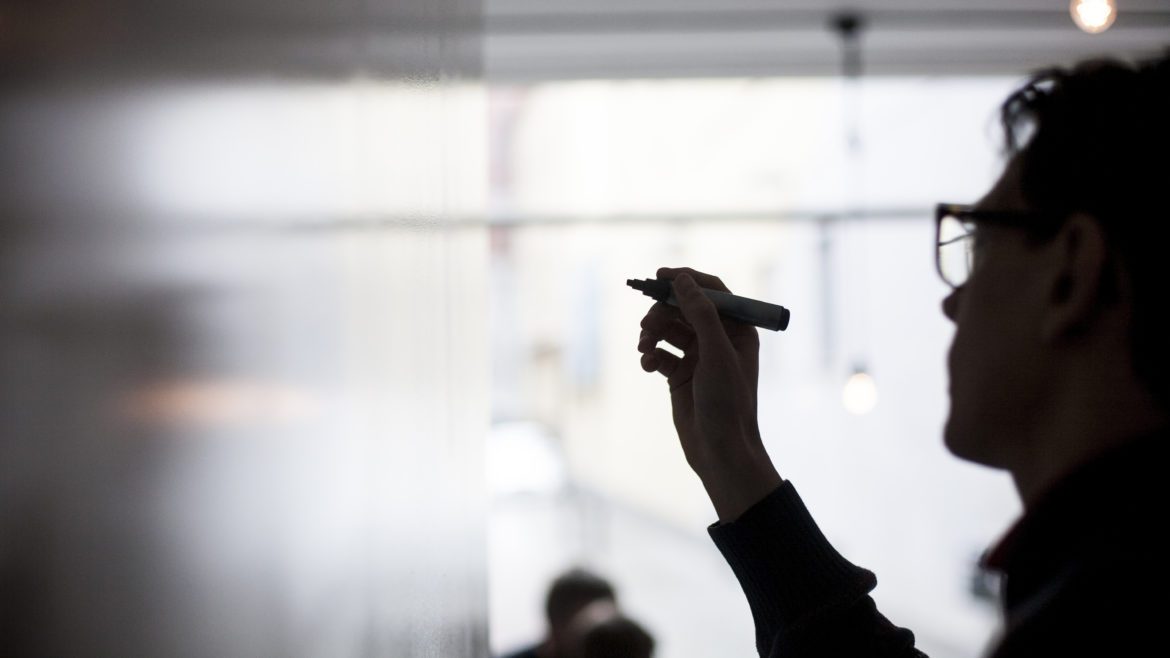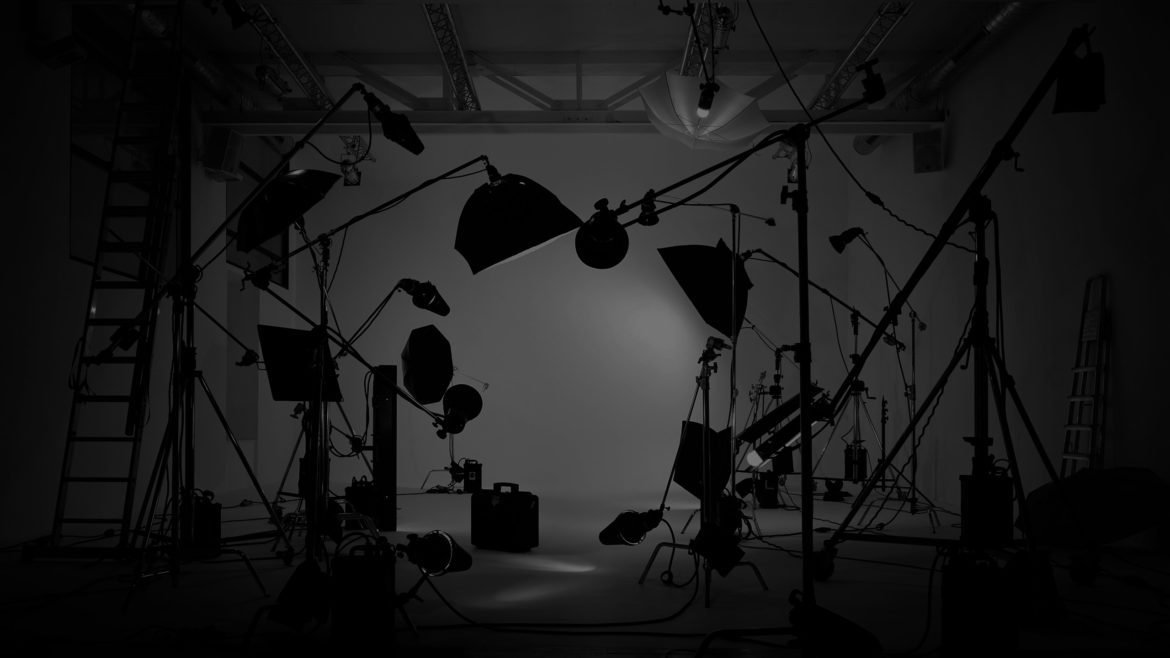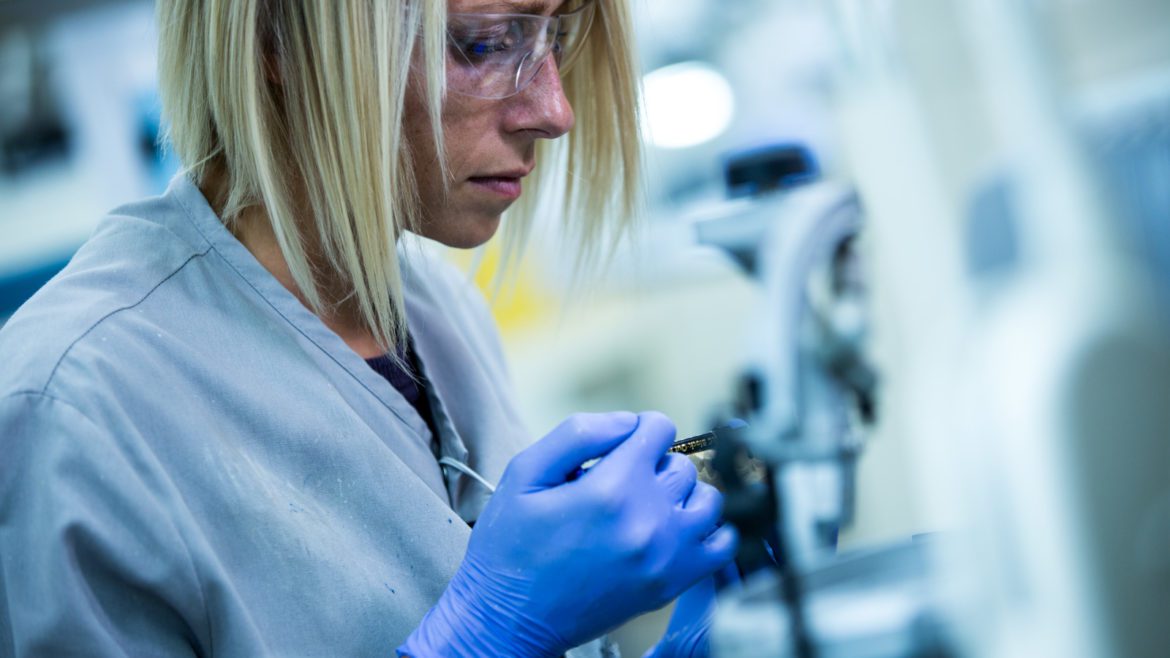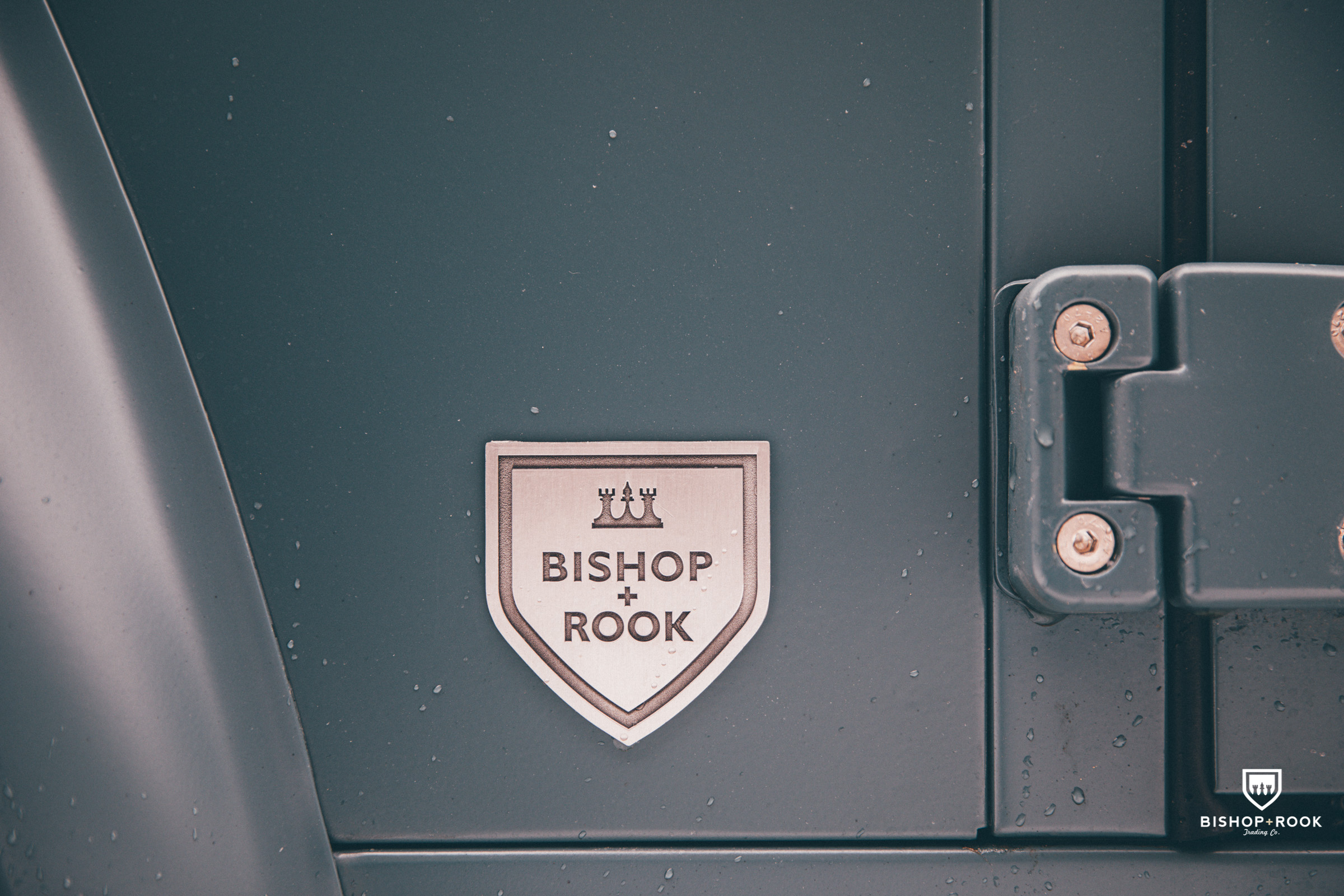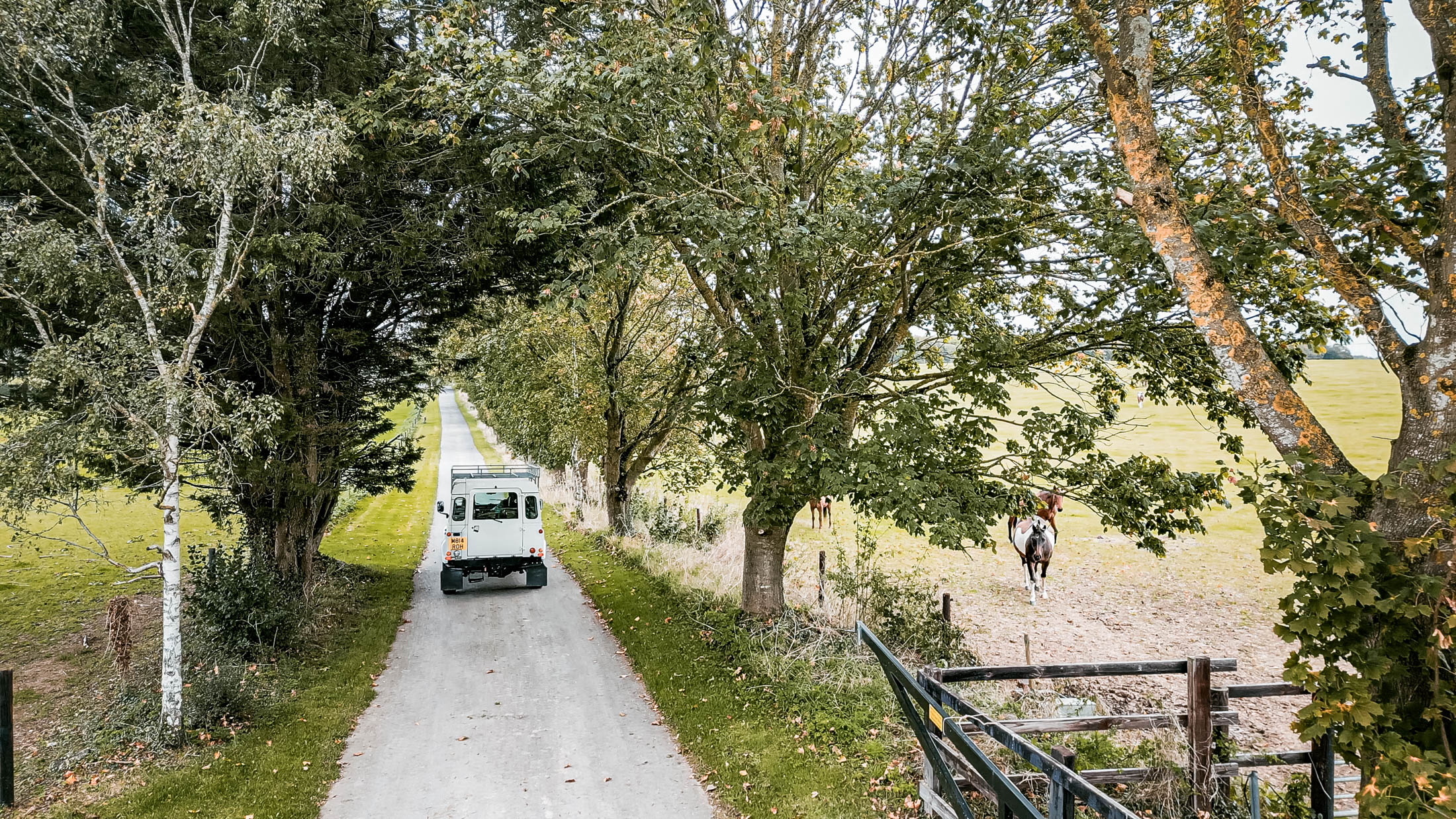Treat Your Customers Like Friends
https://www.kraabel.net/wp-content/uploads/2023/12/group-of-friends-meeting-for-lunchtime-drinks-in-t-2023-11-27-05-22-05-utc-1024x683.jpg 1024 683 Michael Kraabel Michael Kraabel https://www.kraabel.net/wp-content/uploads/2023/12/group-of-friends-meeting-for-lunchtime-drinks-in-t-2023-11-27-05-22-05-utc-1024x683.jpgEmbracing the ethos of treating customers as friends isn’t just a nice gesture; it’s a strategic choice that can lead to long-term positive outcomes. – from trust and loyalty to long-term growth and a robust brand image. “The most successful marketing campaigns are those that echo the principles of friendship: trust, understanding, and mutual respect.…
read more



